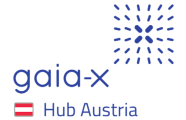Digital identities are the next important step towards digitalization
The European Union embarked on a new phase of its digital future in 2014 under the cumbersome title: the “Regulation on electronic identification and trust services for electronic transactions in the internal market,” aimed at instilling trust in digital business and administrative processes. The Regulation, known as the electronic identification and trust services (eIDAS) Regulation, provided guidelines for secure identification and authentication on the internet, while also defining a Europe-wide framework for trust services to digitize analog processes such as signatures or seals, thus creating a European digital trust space.
The eIDAS Regulation supports the realization of a functioning EU-wide electronic identification system (eID), enabling businesses, citizens, and authorities to conduct secure and seamless electronic interactions.
The eIDAS Regulation:
- Ensures that individuals and businesses can use their own national electronic identification systems (eIDs) to access public services available online in other EU countries.
- Creates a European single market for trust services by ensuring they function across borders and have the same legal status as their traditional paper equivalents.
By ensuring the legal validity of these services, businesses and citizens are naturally inclined to engage in digital interactions.
In 2020, the revision of the eIDAS Directive was initiated, with the first draft being available from June 2021.
EU Member States are to be obliged to offer a secure EU Digital Identity Wallet (EUDI-Wallet) in the future. This includes sovereign eID and the obligation to accept digital proofs as an identification solution. “Attribute Attestations” are intended to strengthen the user’s sovereignty through digital, identity-related proofs. The basis for this will be a toolbox for generating and using the wallet.
The wallet itself is expected to have four functions:
- Identification and authentication
- Verification of the validity of proofs by third parties across Europe
- Secure storage and presentation of verified identities and their data
- Generation of qualified electronic signatures
Technical details can be found in the European Digital Identity Architecture and Reference Framework. This document is currently in draft form and contains a summary description of the eIDAS Expert Group’s understanding of the wallet concept, actively maintained on GitHub. Before its introduction in Member States, the EU Digital Identity Wallet will be tested in four large-scale pilot projects that began on April 1, 2023, aiming to test digital identity wallets in real-life scenarios across various sectors.
In Austria, the current status and technical background information can be found on the website of the E-Government Innovation Center (EGIZ). On January 24, 2024, a workshop organized by EGIZ and the Center for Secure Information Technology Austria (A-SIT) took place on the occasion of the Go-Live (“Day X”) of ID Austria. The slides are available online and provide an exciting insight and outlook into ID Austria.
The field of identities remains intriguing, and we, as the Gaia-X Hub Austria, actively support the advancement of this topic. Once again, I would like to highlight the excellent presentation in Gaia-X Inside#15 by DI Herbert Leitold (Head of A-SIT Austria).


